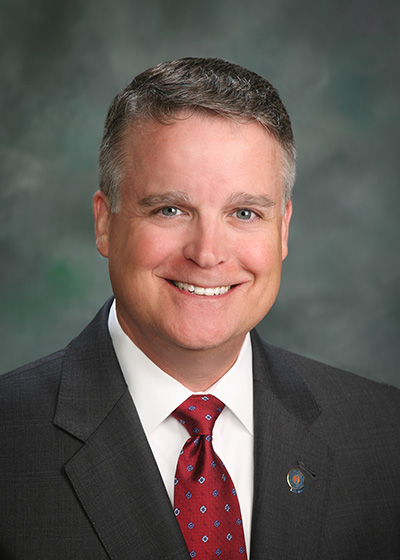 MOAA’s TRICARE Toolkit provides insight and tips for navigating your TRICARE benefits. Have a question or suggestion for an upcoming column? Email beninfo@moaa.org. Read other TRICARE Toolkit columns at MOAA.org/tricaretoolkit. This toolkit entry is also part of MOAA’s 2022-23 TRICARE Guide, brought to you by MOAA Insurance Plans, administered by Association Member Benefits Advisors (AMBA). A version of the guide appeared in the November 2022 issue of Military Officer magazine.
MOAA’s TRICARE Toolkit provides insight and tips for navigating your TRICARE benefits. Have a question or suggestion for an upcoming column? Email beninfo@moaa.org. Read other TRICARE Toolkit columns at MOAA.org/tricaretoolkit. This toolkit entry is also part of MOAA’s 2022-23 TRICARE Guide, brought to you by MOAA Insurance Plans, administered by Association Member Benefits Advisors (AMBA). A version of the guide appeared in the November 2022 issue of Military Officer magazine.
You may have heard a lot about Medicare Advantage Plans (MAPs) on TV commercials and elsewhere. If you’ve wondered about the coverage they offer, here’s what to know.
MAPs, or Medicare Part C, are commercial alternatives to the federal government’s Original Medicare (OM) programs: Part A = hospitalization, Part B = medical insurance, and Part D = pharmacy.
At a minimum, MAPs include Parts A and B coverage and some may include Part D.
Here are some important MAP considerations for military retirees, dependents, and surviving spouses:
- MAPs are state regulated. Each state determines what must, or may, be included in their state’s MAPs.
- MAPs work with TRICARE For Life (TFL). However, it might not be as transparent as OM. Under OM with a supplement (like TFL), the medical provider sends a bill to both OM and the supplemental insurer. TFL beneficiaries never have to pay a bill for covered services. For MAPs, the provider is only required to send a bill to the MAP insurer. The MAP is only required to send you an explanation of benefits (EOB) for your part of the bill. The dilemma TFL beneficiaries enrolled in a MAP might face is convincing either the provider or insurer to send the deductible and/or copayment bill to TFL. This should be done by the provider, but if unwilling, you might be able to convince the MAP to work with TFL to keep your business — it shouldn’t matter if they send an EOB to you or a bill to TFL.
- TFL is also your Medicare pharmacy plan, negating the need for Part D. Many MAPs include a pharmacy component (upon state requirement or insurer preference). Avoid these plans to avoid the headache of filing TFL reimbursement claims.
When to sign up or change plans:
- Initial Enrollment Period — when individuals first become eligible for Medicare.
- Open Enrollment Period (for both OM and MAPs) — from Oct. 15 to Dec. 7 each year (exact period varies by state).
- MAP Open Enrollment Period — from Jan. 1 to March 31 each year. If currently enrolled in a MAP, you can switch to another MAP or switch to OM once during this period.
Interested in a MAP? Be sure to do your homework:
- What MAPs does your current provider(s) accept?
- What MAPs are available in your area? Start at www.medicare.gov.
- What additional coverages or options can I receive from a MAP offered in my locale? These could include dental, vision, Silver Sneakers (gym memberships), or a premium rebate, to name a few.
- How much over my income- based Medicare Part B premium do I have to pay for the additional benefits of a specific MAP? While most advertisements boast “at no additional cost,” always read the fine print.
MEDIPLUS® TRICARE Supplement
Works hand-in-hand with your Select or Prime Plan. Count on valuable protection.



